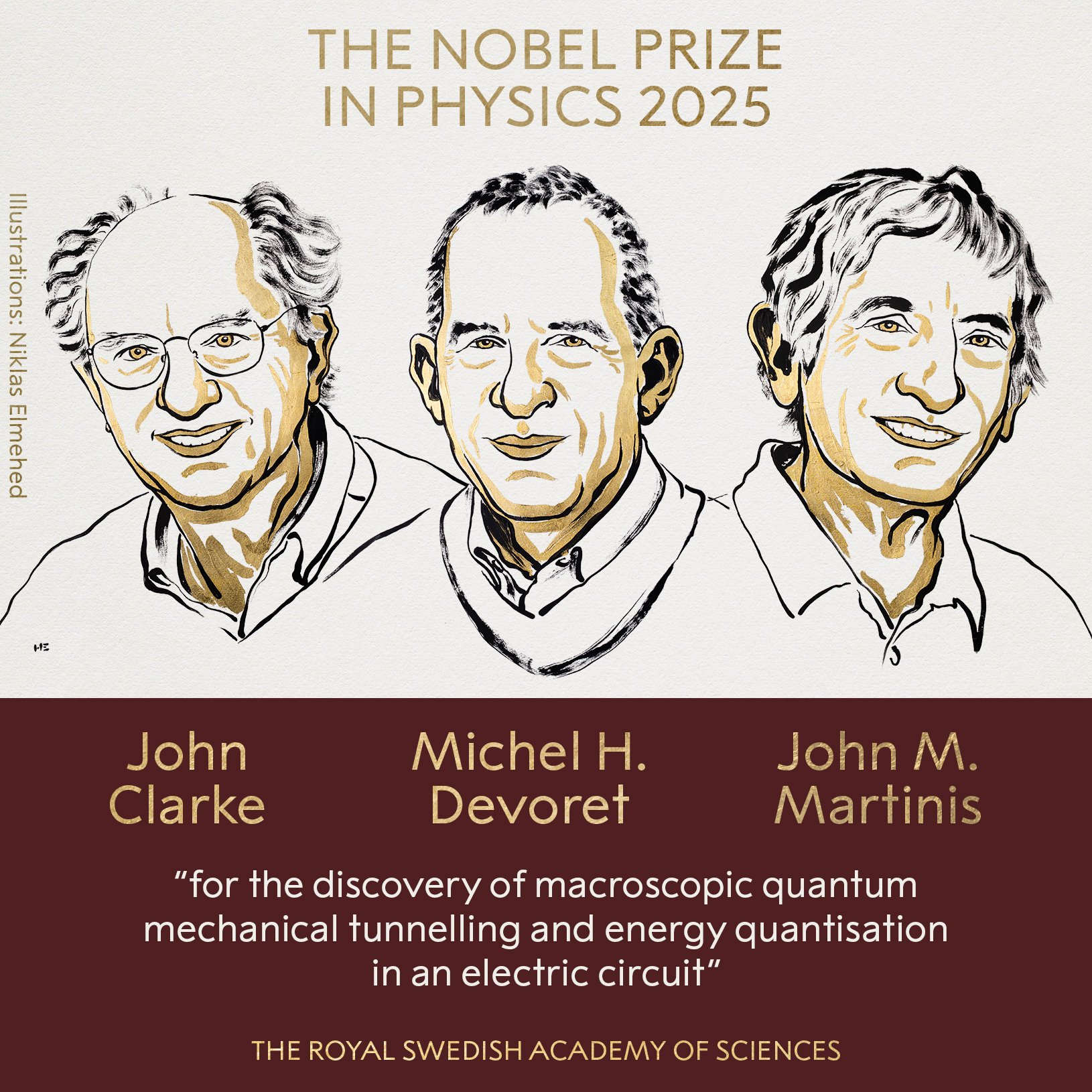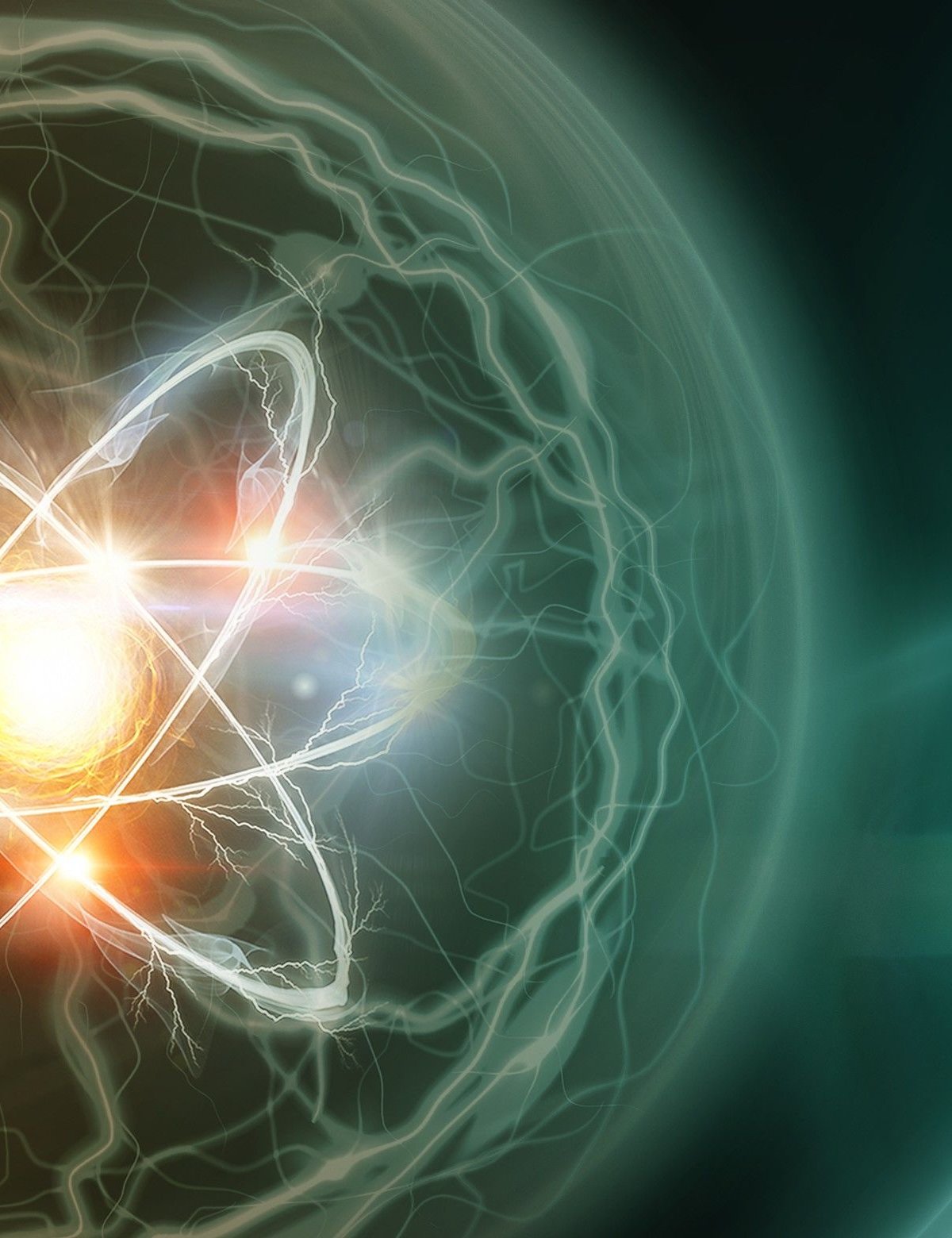Nuclear fission, one of nature’s most powerful energy sources that, when manipulated by humans, causes extremely destructive but also beneficial effects on humanity, has never been fully understood, meaning that no one knows exactly what would happen if the nucleus of an atom were to split. uranium or plutonium is split.
At this breaking point, known as “neck break”, The atom breaks apart into two or more pieces called fission products, that is, smaller and more stable nuclei.. In this process, a large amount of energy is released in the form of heat and radiation. This energy can be used in both power plants and nuclear weapons.
To solve this mystery, Professor Aurel Bulgac from the University of Washington and his team used the Summit supercomputer at the Oak Ridge National Laboratory in the USA to perform the first multi-body computer simulation of nuclear neck rupture at the quantum level. . The simulation showed some surprising results.
Revolutionary discoveries in simulating atomic fission
The first surprise of Bulgac’s team was that, contrary to popular belief, the tearing of the neck of the atomic nucleus was not a random event but was determined before fission. They also noticed that the neck of protons (positively charged particles) separated and came together earlier than the neck of neutrons (neutral particles).
But perhaps the most unexpected discovery was the confirmation of the existence of a phenomenon that until now had been controversial in the scientific community: fission neutrons. The simulation not only proved that they really existed, but also provided details about their behavior, paths and energy levels.
For Bulgac, the simulation showed that neutrons exited sideways and then in the direction of the moving parts. “Such different spectra are something that none of the previous models predicted. Additionally, they are very high energy, so they should have very different properties from thermal neutrons,” he said in a statement.
The importance of describing the fission of the atom in terms of nuclear physics

Bulgac’s team used almost a million node hours of the Summit supercomputer to simulate nuclear fission in such detail. This is equivalent to a node (set of processors and memory) that has been used continuously for approximately 114 yearsthat is, one million hours used 24 hours a day, 365 days a year.
The next steps involve comparing these calculation results with actual observations. In this sense, Bulgac stated that he had already discussed some aspects of his ideas with experimenters with the aim of using them in the laboratory.
Whatever the results, the current research can be considered a new chapter in nuclear physics. “It is very difficult to see what could be wrong at the moment, but we have to wait and see. If you make a prediction, it will be confirmed or not,” Bulgac concludes.
Did you like the content? Stay up to date with more quantum studies like this on TecMundo and take the opportunity to explore the fantastic and strange world of physics.
Source: Tec Mundo
I’m Blaine Morgan, an experienced journalist and writer with over 8 years of experience in the tech industry. My expertise lies in writing about technology news and trends, covering everything from cutting-edge gadgets to emerging software developments. I’ve written for several leading publications including Gadget Onus where I am an author.











